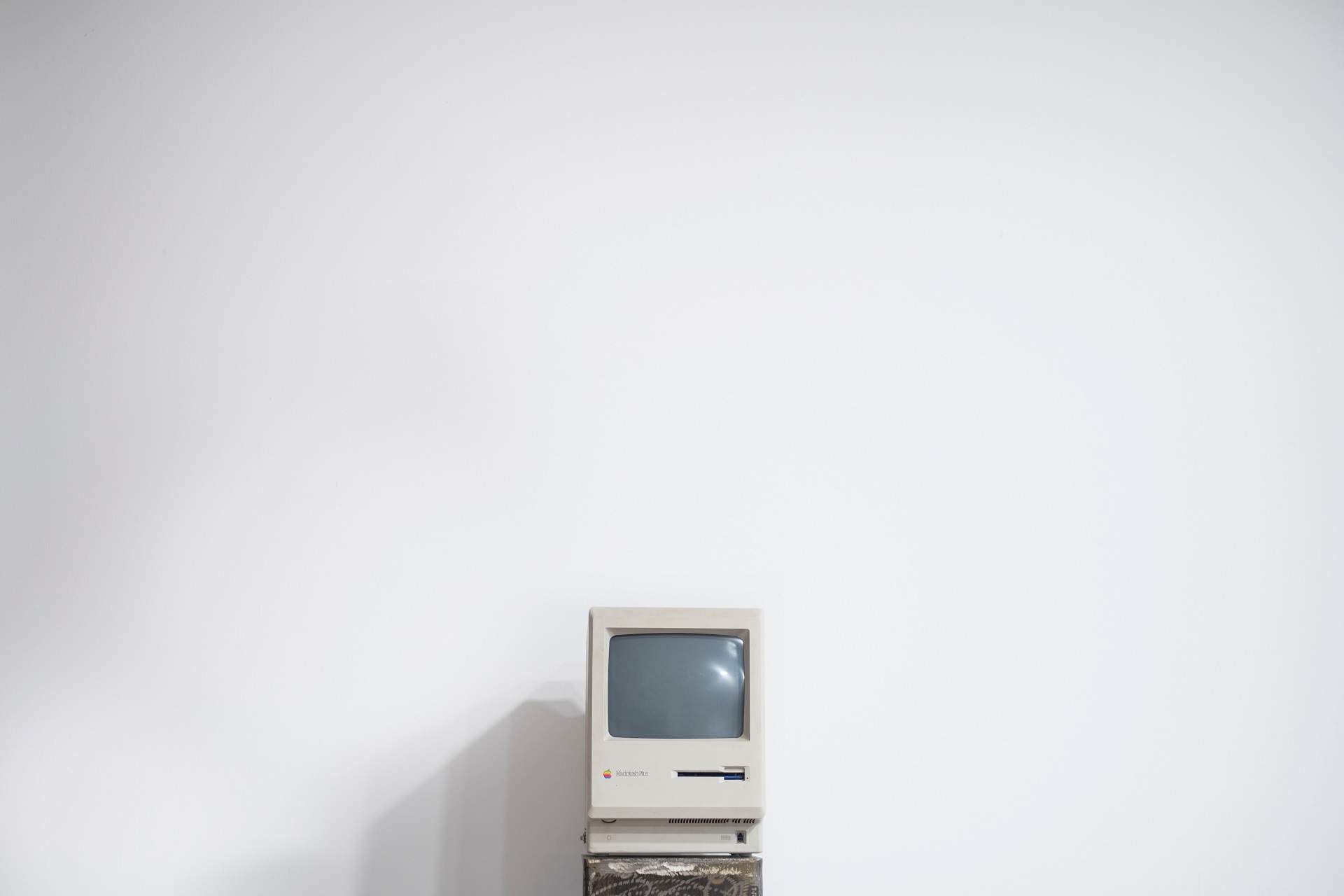Letting go is the new way of planning
Especially the project managers among us – and I am one of them – have come to know planning procedures as THE basis of their work. PSP elements, risk procedures, project visions are the focus of all project management training courses I know of. And now these helpful methods have suddenly been marked with question marks in recent months, because
- without a solid base of basic assumptions on which to base a plan, it stands in a vacuum,
- risk assessments become less robust in the absence of knowledge,
- project visions are based on corporate visions that are currently being questioned.
Consequently, reliable planning is something that we cannot rely on either privately or in business at the moment. This also shakes our previous sense of security – with all the consequences that we are currently being presented in the media on a daily basis.
The longing for normality
It is therefore not surprising that many of us yearn for it to be “back to normal” – and that means “just like before” – soon. Others see a new “normal” coming. What we all have in common is that none of us can imagine what will actually be called “normal” in a year or two. The vision for our lives is missing, and without such a vision it is difficult for us humans to derive strategies, plans, scenarios.
Somehow we are stuck in a dilemma, the new is hard to imagine, but we will not get the old back. So what to do? In the last few weeks there have been more and more voices talking about “letting go”. But what exactly is this “letting go”? What is it helpful for and why?
Letting go – what is that?
First of all, letting go is a process and not a one-off event in the sense of “I’ll let go”. Such an abrupt letting go is of course possible, but very easily leads to collapse. You can experience this by tensing all the muscles (starting with the feet up to the face), briefly holding on to everything and then abruptly releasing the muscle tension. You will notice that the more and the longer you hold on to them, the more strenuous it is and the more intense the collapse when you let go. A fitting and tangible comparison to mental letting go. It is much more relaxed if you do not let go abruptly, but rather gradually (not in the order in which tension is built up, but very gradually all the muscles at once).
Adequate letting go thus means gradually saying goodbye to ideas and patterns of action that have accompanied us up to now (in the following text I will use the term habits for the sake of simplicity). Such habits were created at a time when they were helpful and even useful for our lives. But times change, and they are not anymore. They are no longer up to date, and often they are even a hindrance. And yet we hold on to them because they have helped us through life for so long, and often also because they simply happen unconsciously, almost automatically. This has a price that rises with time, because holding on to something that is less and less appropriate costs more and more energy. This is also how we currently feel about the idea of planning or the idea that everything will go back to the way it was before.
But how does the process of letting go actually work?
The process of letting go
First of all, it is important to recognise what we should actually let go of, such as seemingly unquestionable basic assumptions of our economic activities, our previous way of life, outdated individual or cultural patterns of behaviour. Since all these habits are either self-evident or unconscious, this is no easy task. But recognising them is the first step and already opens our eyes to new perceptions. Only by knowing what my habit is, I can see the difference to others and thus recognise that there are many and very different habits. Mine is just one of many, and it is different from others.
Unfortunately and all too often, this differentiation then leads to a judgmental comparison and thus to self- or third-party devaluation. “How could I have been so stupid?”, “My habit is the only right one…” – who does not know such thoughts? But such thoughts block the process of letting go, because we are dealing with the past, and we do so in an evaluative way. Evaluation and especially devaluation lead to the loops in the brain that we all know and prevent the attentive perception of what is happening or is there. But this perception is important in order to recognise and perhaps even feel new possibilities.
The second step in the process of letting go is to acknowledge the habit as something that was appropriate and helpful for me or the culture I live in. In this context one often speaks of “allowing is before letting go”. But it no longer fits into the present time. Holding on to it simply consumes too much energy.
And now, in the process of letting go, the independent decision follows that I want to change something. I just don’t know yet where the change will lead. So first of all it is a decision that I want to do the habit a little less often. This creates an empty space in which I can try something new. In empty spaces, creativity develops and there is room to try something new.
Some things will stand the test of time, others will not, and so new habits gradually emerge. The old will become less and yet it will always flare up again, precisely because it was so familiar and also helpful. Perhaps it will always remain a part of me. At the same time, new habits can be consolidated, can penetrate into the unconscious after us and thus help to determine my future actions and attitude. Letting go is therefore almost automatically accompanied by the creation of something new.
And what does this have to do with planning?
This is where the similarities with planning become apparent. Something new is to be created, there is a process for it and step by step you approach the new. The difference lies in the goal, which is less clearly defined when you let go and only emerges when you try out and reflect on what you have tried out. This is a bit reminiscent of an agile approach – but only a bit. 😉
And as soon as we have apparently finished letting go, the next habit is waiting for us as candidates. The whole thing is then called development. Just as with planning, planning is followed by planning. You never get done, because there is no such thing as standstill in life.
Taboos
Particularly stubborn habits are taboos. They are usually culturally determined. Questioning them or even letting them go apparently shakes an entire system. Often they are so self-evident that no one has the idea of questioning them. Thus they become axioms and prevent fundamental change.
But even for taboos there comes a point where it takes more and more effort to maintain them – even to the point of self-abandonment. Sometimes it takes impulses beyond what we can influence to let them go. Corona shows us some such taboos.
Conclusion
What is still missing? At the beginning of this article, it is stated that perceived security is an essential prerequisite for making decisions and taking action. But letting go requires decision and action without first having a concrete plan for the future that conveys a feeling of security. When we let go, we get involved in development without the certainty of what we can expect as a result. The security required for this comes from within and is also known as inner stability.¹ Inner stability arises when one is aware of oneself and accepts oneself as one is. And with this the circle closes, because the process of letting go does just that, especially in its first steps. Once started, it generates the necessary security. In the beginning there is the courage to get involved in development and for the mind the realisation that change and thus development are simply components of life.
Writing this article was more difficult for me than many other articles that simply flowed from the pen. As a systemic scientist I am convinced that this is closely related to the topic. Letting go is not an easy process, no matter how fluffy the headline is. Our brain loves it comfortable because it uses so little energy. But letting go and re-connecting needs energy, is especially uncomfortable at the beginning and in most cases a long process. In the end, however, there is a new stability, a further step in development has been taken. For that – and also because of the happiness hormones that come with it – it is worth it.
Planning is currently difficult, so let’s just try to let go. 😉
Notes:
[1] How can inner stability be developed? A contribution about expectation management.
Astrid Kuhlmey has published more articles in the t2informatik Blog, including

Astrid Kuhlmey
Computer scientist Astrid Kuhlmey has more than 30 years of experience in project and line management in pharmaceutical IT. She has been working as a systemic consultant for 7 years and advises companies and individuals in necessary change processes. Sustainability as well as social and economic change and development are close to her heart. Together with a colleague, she has developed an approach that promotes competencies to act and decide in situations of uncertainty and complexity.


